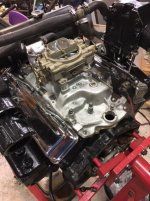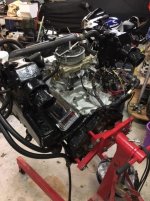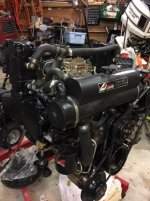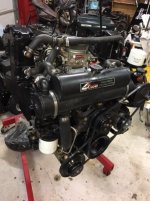Hi Guys,
I have a long block Mercruiser 1987 5.7 260hp. Purchased 6yrs ago for a boat I sold two yrs ago. Never installed. So here's my question, I noticed the exhaust valve stem seals were not installed but intake are upgraded and installed. So as I try to find paper work and rack my brain for info on purchase, I'll ask the question here. Are they needed on exhaust side?
I have a long block Mercruiser 1987 5.7 260hp. Purchased 6yrs ago for a boat I sold two yrs ago. Never installed. So here's my question, I noticed the exhaust valve stem seals were not installed but intake are upgraded and installed. So as I try to find paper work and rack my brain for info on purchase, I'll ask the question here. Are they needed on exhaust side?





